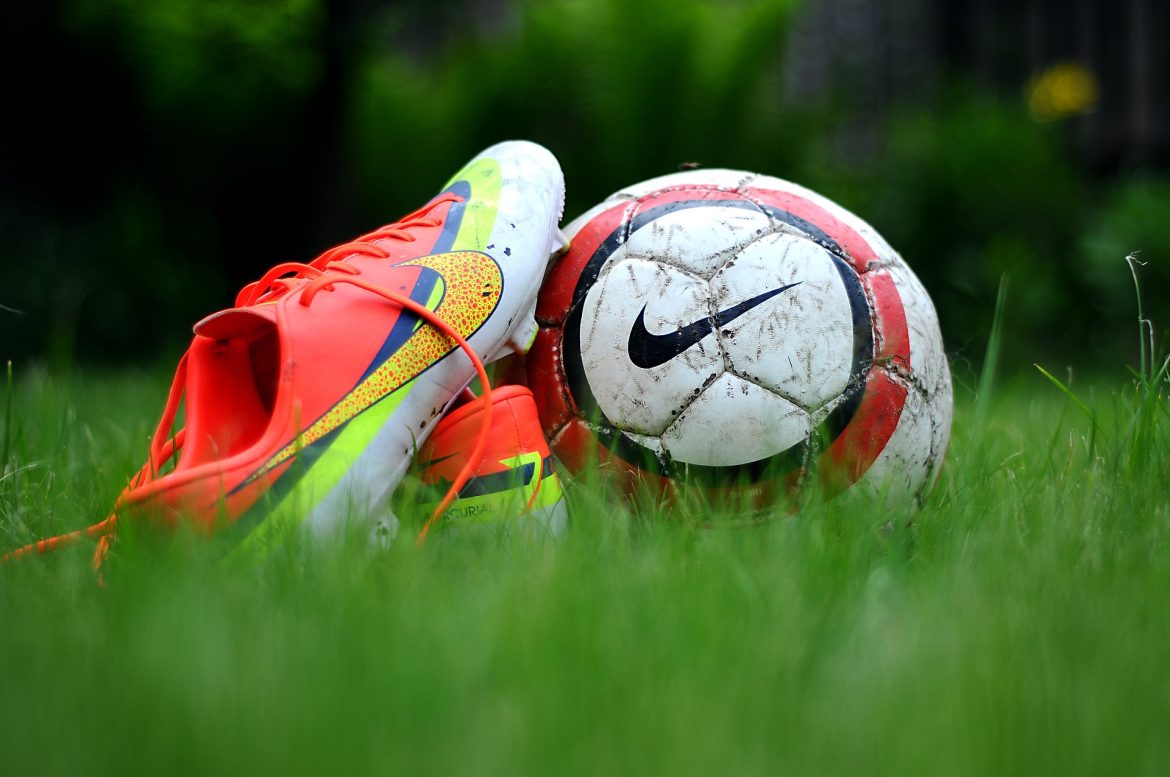6
Goalkeepers are the last line of defence in a football team, and they need to have the right footwear to perform their duties. But what are the best goalkeeper boots for different weather conditions? And how do they affect the performance and comfort of the boots?
In this article, we will compare and contrast four main types of weather conditions: wet, dry, cold and hot. We will look at their effects on the boots, as well as some examples of popular models and brands.
Wet
Wet weather conditions are those that involve rain, snow or humidity. Wet weather can make the pitch slippery and muddy, as well as affect the ball movement and control. Therefore, goalkeepers need boots that have good grip, traction and water resistance.
For wet weather conditions, goalkeepers need boots that have metal studs or blades that can penetrate the ground and provide stability and balance. These boots are called soft ground (SG) boots, and they are ideal for winter or rainy seasons. Some examples of SG boots are the Nike Tiempo Legend and the adidas Copa Pure, worn by top goalkeepers like Thibaut Courtois, Alisson Becker, David De Gea and Manuel Neuer.
Another option for wet weather conditions are boots that have anti-clog technology that prevents mud from sticking to the soleplate and reduces the weight and drag of the boots. These boots are also called soft ground (SG) boots, but they have a mix of metal and plastic studs or blades. Some examples of SG anti-clog boots are the Nike Mercurial Vapor and the Nike Phantom GT, worn by Jan Oblak, Keylor Navas, Hugo Lloris and Jordan Pickford.
Dry
Dry weather conditions are those that involve sun, heat or drought. Dry weather can make the pitch hard and firm, as well as affect the ball speed and bounce. Therefore, goalkeepers need boots that have good cushioning, comfort and breathability.
For dry weather conditions, goalkeepers need boots that have plastic moulds or conical studs that can grip the surface and prevent slipping or sliding. These boots are called firm ground (FG) boots, and they are ideal for summer or dry seasons. Some examples of FG boots are the Puma Future and the adidas Predator Accuracy, worn by Ederson, Marc-Andre Ter Stegen, Edouard Mendy and Wojciech Szczesny.
Another option for dry weather conditions are boots that have air zoom technology that provides a responsive and springy feel to the foot and enhances the acceleration and reaction of the goalkeeper. These boots are also called firm ground (FG) boots, but they have a mix of plastic moulds and blades. Some examples of FG air zoom boots are the Nike Mercurial Vapor, worn by Jan Oblak, Keylor Navas, Hugo Lloris and Jordan Pickford.
Cold
Cold weather conditions are those that involve low temperatures, frost or snow. Cold weather can make the pitch frozen or icy, as well as affect the ball flight and touch. Therefore, goalkeepers need boots that have good insulation, protection and durability.
For cold weather conditions, goalkeepers need boots that have leather uppers that can keep the foot warm and comfortable. Leather boots also offer more protection from impact and abrasion than synthetic boots. Some examples of leather boots are the Nike Tiempo Legend and the adidas Copa Pure, worn by Thibaut Courtois, Alisson Becker, David De Gea and Manuel Neuer.
Another option for cold weather conditions are boots that have sock-like collars or cuffs that can cover the ankle and provide extra support and stability. These boots also prevent snow or ice from entering the boot and causing discomfort or injury. Some examples of sock-like boots are the adidas Predator Edge and the Puma Future Ultimate, worn by Marc-Andre Ter Stegen, Gianluigi Donnarumma, Ederson and Nick Pope.
Hot
Hot weather conditions are those that involve high temperatures, sun or humidity. Hot weather can make the pitch dry or dusty, as well as affect the ball grip and control. Therefore, goalkeepers need boots that have good ventilation, breathability and moisture management.
For hot weather conditions, goalkeepers need boots that have synthetic uppers that can keep the foot cool and dry. Synthetic boots also offer more variety in terms of colours and designs than leather boots. Some examples of synthetic boots are the Puma Future and the adidas X Speedportal, worn by Ederson, Kasper Schmeichel, Gianluigi Donnarumma and Samir Handanovic.
Another option for hot weather conditions are boots that have mesh or knit uppers that can provide airflow and flexibility to the foot. These boots also offer a snug and adaptive fit that enhances the touch and feel of the ball. Some examples of mesh or knit boots are the Nike Mercurial Vapor and the New Balance Tekela, worn by Jan Oblak, Keylor Navas, Hugo Lloris and Bernd Leno.
Conclusion
There is no definitive answer to what are the best goalkeeper boots for different weather conditions. It depends on personal preference, playing style and budget. However, by knowing the effects, advantages and disadvantages of different types of weather conditions, you can make an informed decision that suits your needs.
Whether you play in wet, dry, cold or hot weather, there is a pair of goalkeeper boots out there for you. And if you need some inspiration, you can always look at what the best goalkeepers in the world are wearing
